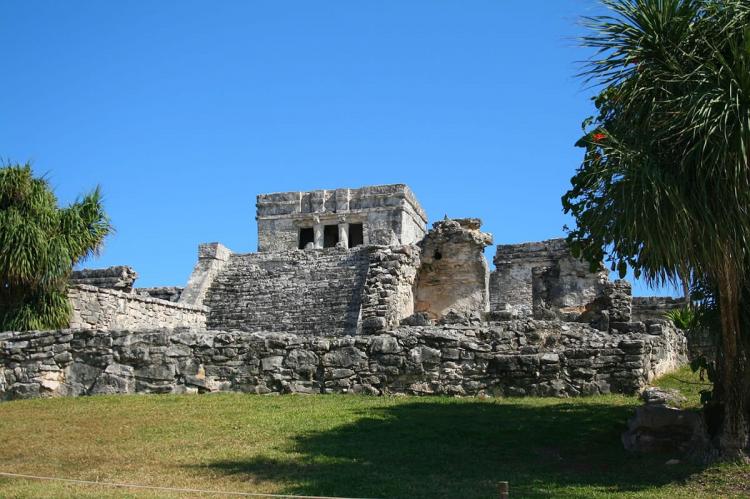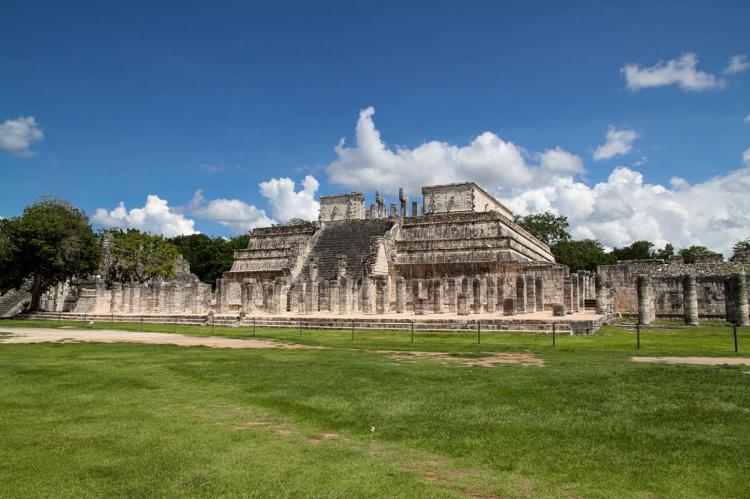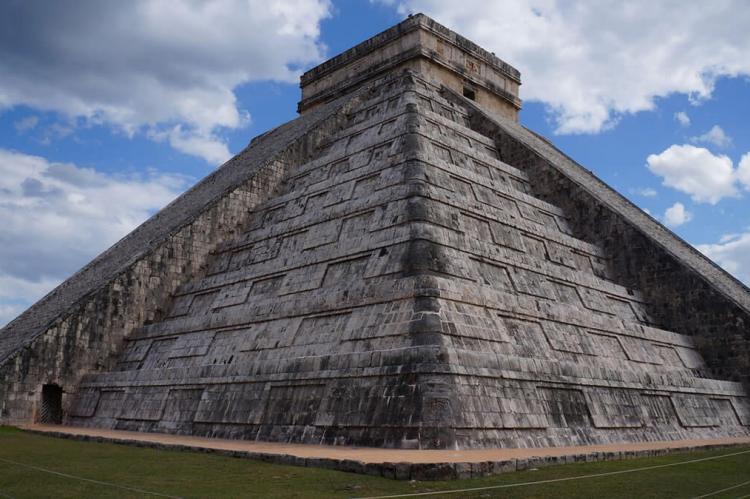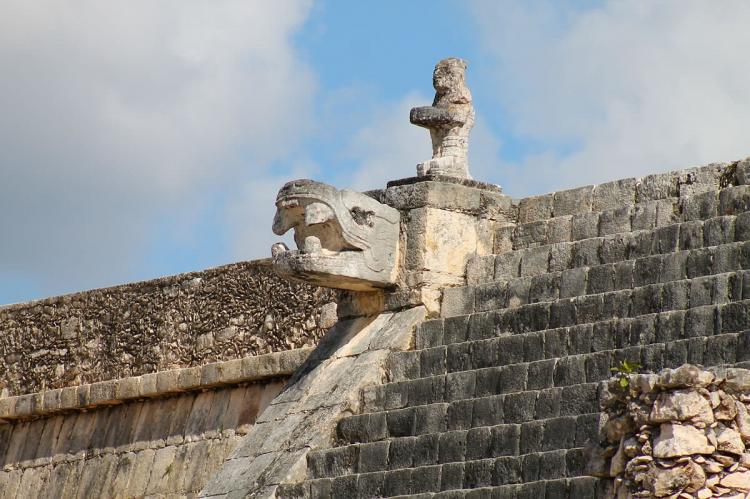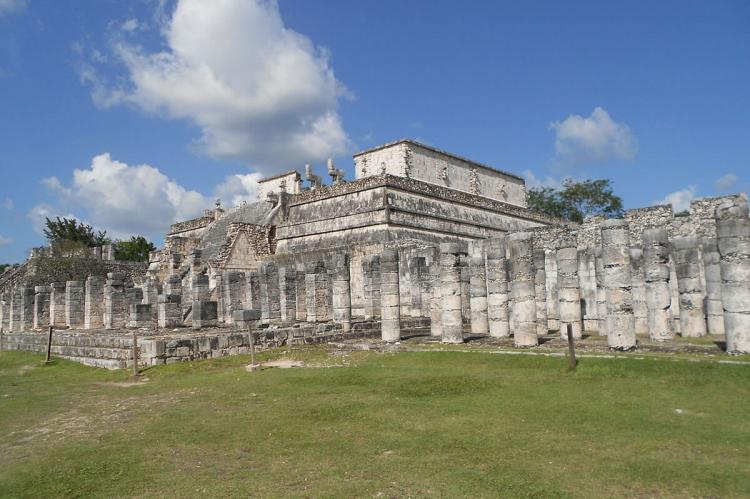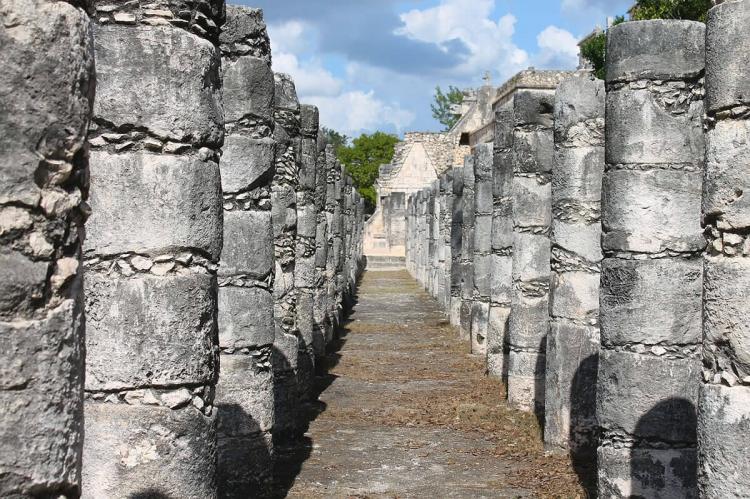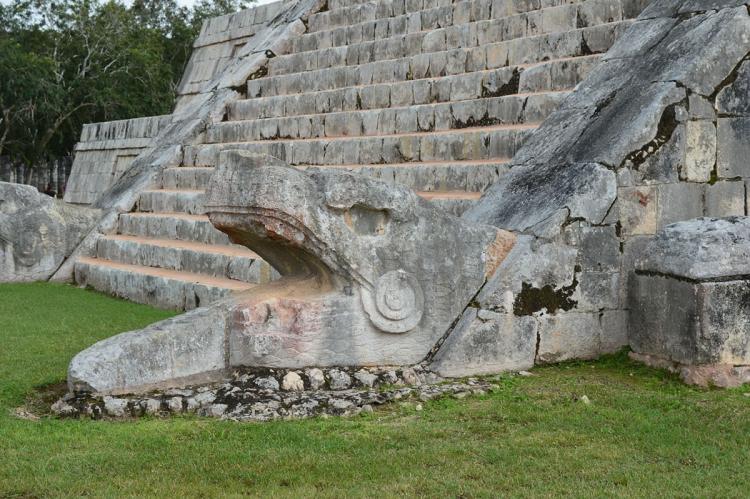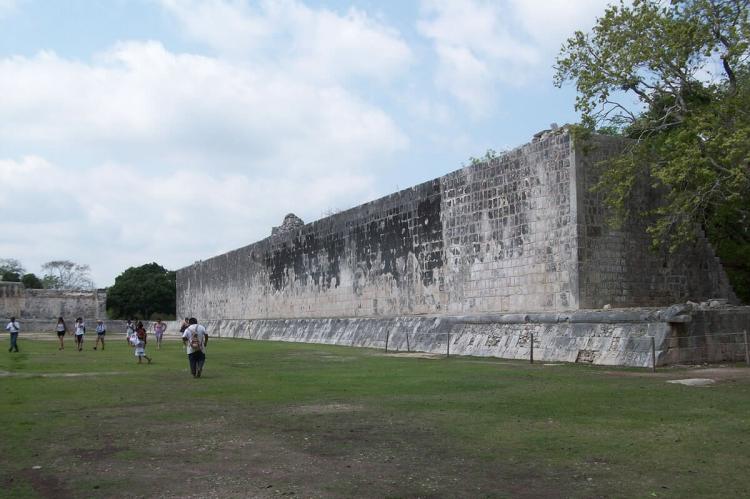Pre-Hispanic City of Chichen-Itza (Mexico)
The Pre-Hispanic City of Chichen-Itza, nestled in the heart of the Yucatán, is a testament to the enduring legacy of the Maya and Toltec civilizations. Its stone monuments and artistic wonders, A mesmerizing archaeological site, Chichen-Itza, unveils the complex worldview of ancient Mesoamerican cultures.
Pre-Hispanic City of Chichen-Itza
The Pre-Hispanic City of Chichen-Itza, nestled in the heart of the Yucatán Peninsula, is a testament to the enduring legacy of the Maya and Toltec civilizations. With nearly 1,000 years of history etched into its stone monuments and artistic wonders, Chichen-Itza is a mesmerizing archaeological site that unveils the complex worldview of ancient Mesoamerican cultures.
History
Chichen Itza's story begins during the Classic period, establishing a town near two natural cavities, or cenotes, providing a vital water source. This early settlement, known as Chichen Viejo, flourished between the 6th and 10th centuries, showcasing monumental structures like the Nunnery, the Church, Akab Dzib, Chichan Chob, the Temple of the Panels, and the Temple of the Deer—all constructed in the characteristic Maya architectural style prevalent in the Puuc hills.
However, the city's narrative took a significant turn during the 10th century with the migration of Toltec warriors from the Mexican plateau. Led by Ce Acatl Topiltzin Quetzalcoatl, known to the Maya as Kukulkan, they reportedly seized Chichen-Itza between 967 A.D. and 987 A.D. This event marked the beginning of a new chapter in the city's history, characterized by the amalgamation of Maya and Toltec traditions—a phenomenon known as acculturation.
Architecture
Chichen-Itza stands out for its architectural diversity, reflecting the city's likely diverse population. The fusion of Maya construction techniques with elements from central Mexico resulted in structures that continue to awe visitors today. Notable among these are the Warriors' Temple, the circular observatory El Caracol, and the iconic El Castillo, also known as the Temple of Kukulkan.
El Castillo, a pyramid dedicated to Kukulkan, the feathered serpent deity, is a masterpiece of Mayan-Toltec architecture. Its four staircases align with the cardinal directions, and during the spring and autumn equinoxes, the sunlight creates a serpent-like shadow on the pyramid, a stunning celestial display.
The Caracol, a circular observatory with a spiral staircase, exemplifies the advanced astronomical knowledge of the ancient inhabitants. It served as a tool for tracking celestial events, underlining the significance of astronomy in Mayan culture.
Chichen Itza's layout reveals a meticulous organization of monumental complexes. Surrounding El Castillo are the Great Ball Court, Tzompantli (Skull Wall), the Jaguar Temple, the House of Eagles, the Temple of the Warriors, the Group of the Thousand Columns, the Market, and the Great Ball Court, each contributing to the city's rich tapestry.
Decline and Rediscovery
However, after the 13th century, Chichen Itza's prominence waned, and no significant monuments were erected. By 1440 A.D., the city experienced a rapid decline, with its once-great structures succumbing to the relentless passage of time and nature.
The ruins of Chichen-Itza remained hidden until 1841 A.D., when the site underwent extensive excavation. Today, it is a UNESCO World Heritage Site and one of Mexico's most visited archaeological wonders, drawing travelers, historians, and archaeologists alike.
